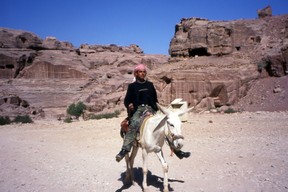
What can be said of Petra that hasn’t already been said? What praises can one heap upon the giant red mountains left behind by another race, the mausoleums and tombs, the streets and market plces and the red-rose sandstone of the Treasury, the building that has come to be recognised as the symbol of Petra itself?
Nothing prepares you for this amazing place. It has to be seen to be believed.
A UNESCO Heritage Site, Petra is a vast, unique city. It was carved into the sheer rock face by the Nabataeans, an industrious Arab people who settled here more than 2000 years ago. The city grew rich from its trade with China, India, Egypt, Greece and Rome, as it was on the junction for the silk and spice routes. It was first established sometime around the 6th century BC, by the Nabataean Arabs, a nomadic tribe who settled in the area and laid the foundations of a commercial empire that extended into other parts of the Middle East.
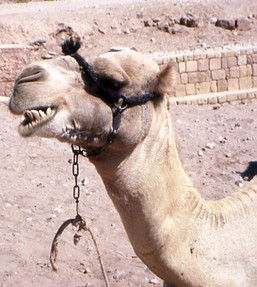
Entering Petra
You enter the city through the Siq, a narrow gorge over 1Km in length with soaring cliffs flanking either side and come out in front of the Treasury (Al-Khazneh), an awe-inspiring moment. The Treasury is a massive façade, 3m wide and 43m high that dominates everthing around it, its dusky pink rock-face carved in the 1st century as the tomb of an important Nabatean king.
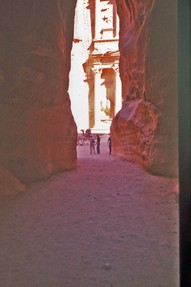
Once you have gazed your fill on the magnificence of the rose-red building, you can explore the rest of the Petra valley with its architectural gems. There are literally hundreds of elaborate rock tombs with carvings, a Roman theatre which could seat 3,000, temples, sacrifial altars and colonnaded streets.
As you wander the site wrapped in thoughts of the past you will have to put up with the the attentions of the local sellers of beads and bangles who can be very persistent. Just remember that this is their only way to earn a few pence: you buy, he eats: it’s as simple as that.
Mini-History
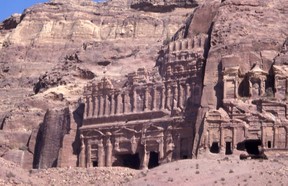
Petra was occupied by various tribes and nations and there is evidence that caravans stopped there in the 13th to 15th centuries. The city was eventually abandoned and this once magnificent place was forgotten entirely by the western world until it was rediscovered in 1812 by the Swiss traveller, Johann Ludwig Burckhardt.
There are two Museums within the site, the Archaeological and the Nabataean which offer an insight into Petra’s past.
If the heat is too much, and believe me, the heat inside the city is intense, there are other methods of exiting the place. There are horse-drawn carriages, you can mount a horse, a mule, a donkey or a camel all of which have handlers who follow designated routes through the site.


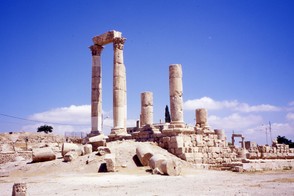
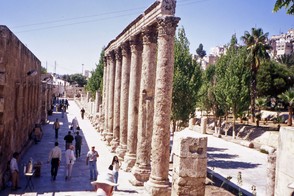

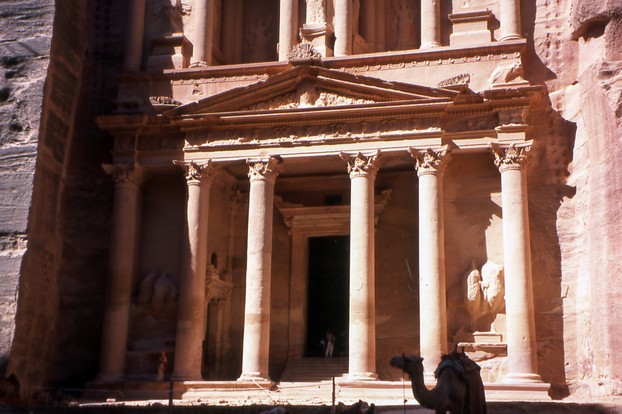




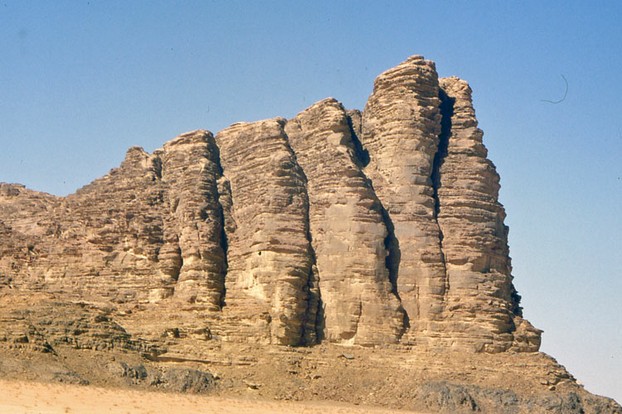
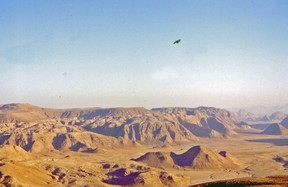
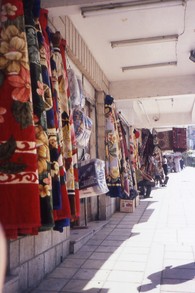
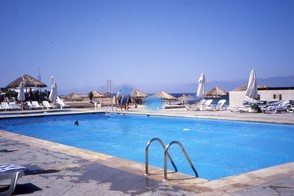
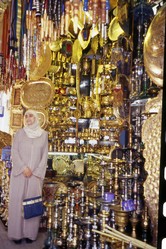

 The Alternative Picture Galleryon 04/20/2016
The Alternative Picture Galleryon 04/20/2016
 ROME - Where the Past Comes to Lifeon 03/26/2016
ROME - Where the Past Comes to Lifeon 03/26/2016
 Only in London - New Unique Guideon 01/25/2016
Only in London - New Unique Guideon 01/25/2016
 Manna, from Sicily, not from Heavenon 01/08/2016
Manna, from Sicily, not from Heavenon 01/08/2016
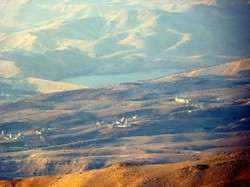
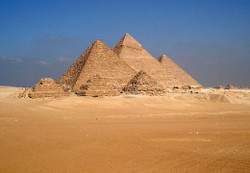
Comments
I fervently hope that the turmoil in the Middle East can be sorted out soon as I want to visit so many places in that fascinating region before I am too told to do so! Syria, Iraq and Iran have to top anyone's list, but Jordan is still peaceful and there is still time to visit if you've a mind to.
The Middle East is so fascinating. I like this article about Jordan, as most travel articles on this country focus on Petra.
The Middle East is a fascinating place, isn't it?
Thank you Elias. I hope people do visit as they need support as they try to survive in that area.
A well written travel article and a very interesting suggestion for a visit.
Thanks for that. It really is a lovely place and as they themselves say, a quiet peaceful country living among squabbling neighbours! And now, of course, they have all the refugees so travel won't be so pleasant until things sort themselves out there again.
Great article. The desert looks so beautiful, in a strange kind of way. Not sure I'd do well in such a hot climate, but I'd love to visit some day.